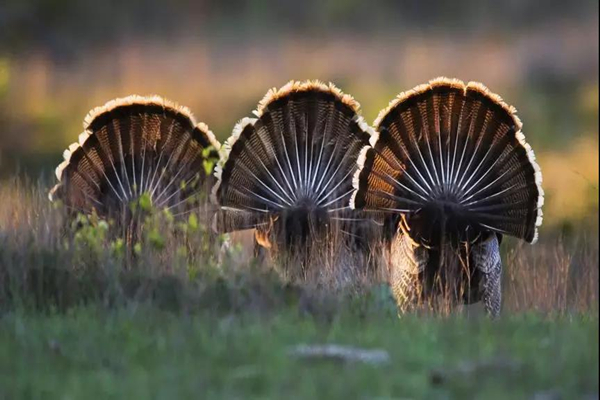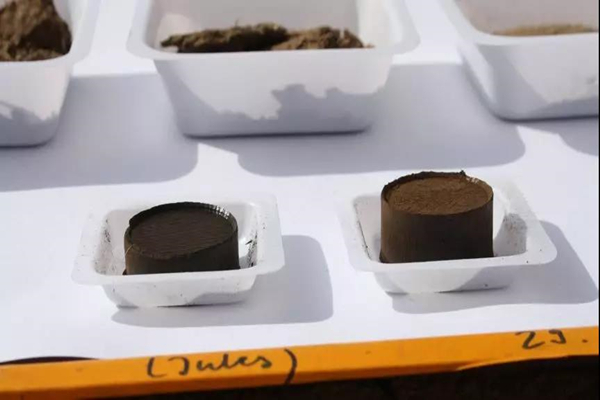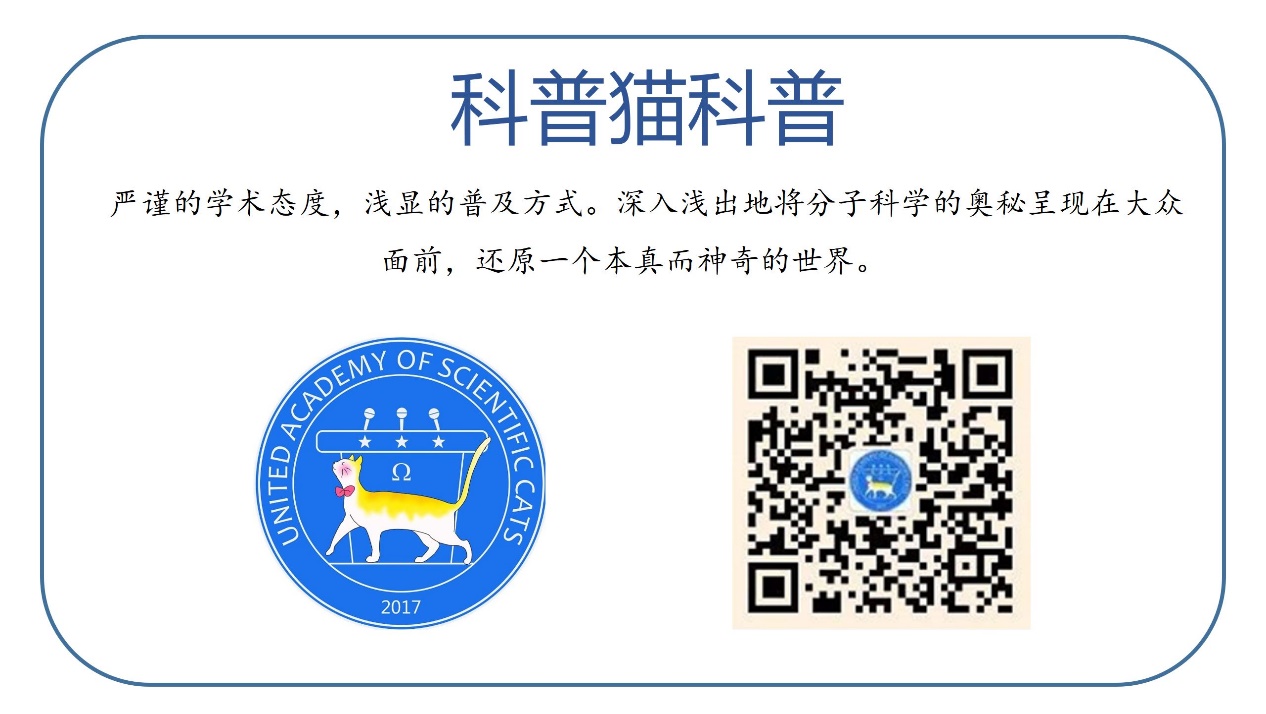感恩节对火鸡来说是一个悲伤的节日,但一项新研究结果让火鸡活下来更有意义,因为它们的排泄物对人类的用处远比感恩节大餐更大。火鸡的排泄物或许是一种未被开发的生物燃料。
关键词:科普、译文、火鸡、再生能源

[The back-end product of a turkey is perfect for electricity production, according to scientists at Ben-Gurion University in Israel. When converted to combustible biomass fuel, it could also reduce greenhouse gases and provide a renewable energy source.]
[据以色列本古里安大学的科学家称,火鸡的后端产品非常适合发电。当转化为可燃生物质燃料时,它还可以减少温室气体并提供可再生能源。]
Radius Images/Getty Images
As Thanksgiving arrives, Americans will be cooking their favorite holiday bird and debating the best recipes, ideal roasting temperatures and juiciest stuffing. But a team of scientists at Ben-Gurion University in Israel is preparing something different: turkey poop.
随着感恩节的到来,美国人将烹饪他们最喜欢的节日鸟,并讨论最好的食谱,理想的烘烤温度和最多汁的馅料。但是,以色列本古里安大学的一组科学家正在准备一些不同的东西:火鸡粪便。
They say that when cooked under the right temperature, pressure and other conditions, turkey droppings transform into a form of coal, which can fuel power plants and serve as a renewable resource.
他们说,在适当的温度,压力和其他条件下处理时,火鸡粪便就会转化成一种煤炭,可以为发电厂提供燃料,并作为一种可再生资源。
Led by professor Amit Gross, chair of the Department of Environmental Hydrology and Microbiology, the team focuses on ways to transform waste to resources, and has been experimenting with various forms of manure - an environmental hazard. In industrial agricultural operations, animal waste is usually treated with chemicals, burned or just dumped into landfills, where it contaminates groundwater.
该团队由环境水文学和微生物学系主任Amit Gross教授领导,专注于将废物转化为资源的方法,并一直在试验各种形式的粪便 - 一种环境风险。在工业农业生产中,动物粪便通常用化学物质处理,焚烧或直接倒入垃圾填埋场,会污染地下水。
"It is an environmental burden, and people are still trying to figure out what to do with it," Gross says.
"这是一种环境负担,人们仍在试图弄清楚如何处理它,"Gross说。
The team started with poultry feces because it was an abundant and promising material. Annually, the world's poultry dishes out from 625 to 938 million metric tons of poop, which is high in carbon and nitrogen - the chemical elements needed for energy generation. Compared to cow manure, which is usually spread out over pastures, chicken and turkey waste is easier to obtain and handle because it's concentrated in smaller areas.
该团队从家禽粪便开始,因为它是一种丰富而有前途的材料。每年,全世界家禽的粪便量在6.25至9.38亿吨之间,其中碳和氮含量很高 - 这是发电所需的化学元素。与通常散布在牧场上的牛粪相比,鸡和火鸡的粪便更容易获得和处理,因为它们集中在较小的区域。
So the scientists gathered some poultry droppings, ground them manually with a mortar and pestle, then put them into autoclaves (heated, high-pressure containers), simulating conditions for the natural formation of coal. They experimented with different temperatures and techniques, compared the outcomes, and outlined the most efficient "recipes."
因此,科学家收集了一些家禽粪便,用研钵和研杵手工研磨,然后将它们放入高压灭菌器(加热的高压容器)中,模拟煤的自然形成条件。他们尝试了不同的温度和技术,比较了结果,并概述了最有效的"食谱"。

[Hydro char derived from poultry waste was produced in a lab at Ben-Gurion University in Israel. The hydrochar can be made into briquettes, which can be used as charcoal for cooking food.]
[在以色列本古里安大学的实验室中,从家禽粪便中提取的hydrochar被生产出来。hydrochar可以制成煤砖,煤砖可用作烹饪食物的木炭。]
Juliana Neumann
As for cooking turkey, there are plenty of recipes: roasted, deep-fried, foil-wrapped, smoked, slow-cooked, grilled. But when converting waste to energy, there are really only two options for poop: roasted or stewed.
至于烹饪火鸡,有很多食谱:烤,油炸,铝箔包裹,熏制,慢炖,烤。但当把废物转化为能量时,粪便只有两种选择:烤或炖。
In the first approach, the droppings are heated at 842 degrees Fahrenheit without oxygen. That yields what scientists call biochar - carbonized biomass remains that are akin to coal, with similar combustion properties. However, roasting at such a high temperature requires a lot of energy, and therefore isn't the most efficient fuel production method.
在第一种方法中,粪便在没有氧气的情况下被加热到842华氏度。这就产生了科学家们所说的生物炭 - 碳化的生物质,其燃烧特性类似于煤炭。然而,在如此高的温度下焙烧需要大量能量,因此并不是最有效的燃料生产方法。
So the team tried cooking the feces wet, at a lower temperature of 482 degrees Fahrenheit, but higher pressure - think stewed in a pressure cooker. That recipe produced hydrochar - a brownish slurry of burnt biomass particles and water. That slurry has a double use. The particles can be separated into a coal-like powder, while the liquid can be used as a safe organic fertilizer, since no pathogens can survive the cooking.
因此,研究小组尝试在482华氏度的低温下将粪便弄湿,但压力更高 - 想想在高压锅中炖煮。这个配方产生了hydrochar - 一种由燃烧的生物质颗粒和水组成的褐色浆液。该浆料具有双重用途。这些颗粒可以被分离成类似煤的粉末,而液体可以作为一种安全的有机肥料,因为没有病原体可以在烹饪过程中存活。
"Biochar takes lots of energy to remove water from the manure," Gross explains. "By leaving water in and using higher pressure and lower temperature, you use a lot less energy."
"生物炭需要大量的能量来清除粪便中的水分,"Gross解释道。"把水留下,使用更高的压力和更低的温度,就会消耗更少的能量。"
The scientists published their "recipes" and energy comparisons in the journal Applied Energy, stating that as global poultry production continues to grow, its fecal byproduct may help offset some of the world's energy needs. When converted to combustible biomass fuel, it could replace approximately 10 percent of the coal used in electricity generation, reduce greenhouse gases and provide an alternative and renewable energy source, says Vivian Mau, one of the project's researchers.
科学家们在《应用能源》杂志上发表了他们的"食谱"和能源对比,指出随着全球家禽产量的持续增长,其粪便副产品可能有助于抵消全球的一些能源需求。该项目的研究人员之一Vivian Mau表示,当转化为可燃生物质燃料时,它可以取代大约10%的发电用煤,减少温室气体排放,并提供一种替代和可再生能源。
Other types of animals, such as cows, can contribute too. The team even tried pressure-cooking human excrement for a study published in the Journal of Cleaner Production.
其他类型的动物,如奶牛,也可以做出贡献。在《清洁生产杂志》上发表的一项研究中,研究小组甚至试图对人体排泄物进行压力处理。
Poultry-made hydrochar powder is a perfect fit for electricity production - and can be fueling generators now, Mau says. Making this work on an industrial level will take some scaling up, but the team doesn't foresee any engineering problems. Moreover, some furnaces pulverize coal for better combustion, so having the fuel already in powder form rather than lumps is an advantage. "This powder can go straight to the power plants and be loaded into the furnace," Mau says. "And it can also be made into briquettes," she adds, which can be used as charcoal for heating and cooking food.
Mau说,家禽制造的hydrochar粉末非常适合发电 - 现在可以为发电机提供燃料。在工业层面上进行这项工作需要进行一些扩展,但团队并未预见到任何工程问题。此外,一些熔炉将煤磨成粉末以获得更好的燃烧效果,因此将燃料以粉末状而不是块状存在是一种优势。"这种粉末可以直接进入发电厂,然后被送入熔炉,"Mau说。"它也可以制成煤砖,"她补充说,煤砖可以用作加热和烹饪食物的木炭。
This leads to a curious question: Can Thanksgiving turkeys be roasted using their own carbonized excrement? In theory it's possible. Over its lifetime, a bird generates enough dung for roasting. "In rough calculations it produces twice the amount," says Mau, "but then it can get interesting if we want to compare different cooking methods, recipes, stuffings, etc." So in scientific and recycling terms it makes sense, but the yuck factor is a different story.
这就引出了一个奇怪的问题:感恩节火鸡可以使用自己的碳化排泄物进行烤制吗?从理论上讲,这是可能的。在它的一生中,一只鸟会产生足够的粪便进行烘烤。"粗略计算,它将产生两倍的量,"Mau说,"但如果我们想比较不同的烹饪方法,食谱,馅料等等,这就会变得有趣起来。"因此,在科学和回收方面,它是有道理的,但令人厌恶的因素又是另一回事。
The Ben-Gurion team isn't swayed by the yuck factor, though. Their ultimate goal is to try to roast a bird with their homemade hydrochar, and eat if afterwards. "I really hope it's tasty," Gross says - and there is a reason to believe so.
不过,本古里安团队并没有受到厌恶因素的影响。他们的最终目标是尝试用自制的hydrochar烤一只鸟,然后再吃掉。"我真的希望它好吃,"Gross说 - 并且有理由相信这一点。
Once made, the hydrochar doesn't emit any stink - it even has a pleasant aroma! "It smells of coffee," says Mau. "So it would be interesting to see if it the meat roasted on it will also have coffee flavor."
一旦制成,hydrochar不会发出任何臭味 - 它甚至有一种令人愉快的香气!"它闻起来有咖啡的味道,"Mau说。"所以很有趣的是,上面烤的肉是否也有咖啡的味道。"
(责任编辑:周姚)
(版权说明,转载自:微信公众号:科学猫科普)

